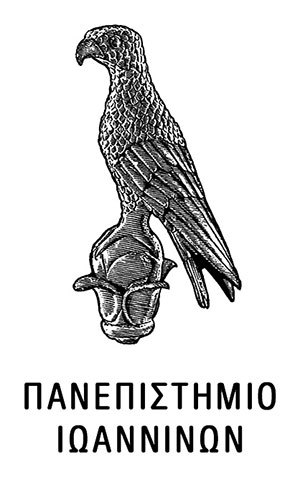The molecular and electronic structures, stabilities, bonding features, and spectroscopic properties of prototypical ligand stabilized [cyclo-Ru-3(mu(2)-X)(3)](0,3+) (X = H, BH, CH2, NH2, OH, Cl, NH, CO, O, PH2, CF2, CCl2, CNH, N-3) isocycles have been thoroughly investigated by means of electronic structure calculation methods at the DFT level of theory. All [cyclo-Ru-3(mu(2)-X)(3)](0,3+) species, except [cyclo-Ru-3(mu(2)-H)(3)](3+), are predicted to be aromatic molecules. In contrast, the [cyclo-Ru-3(mu(2)-H)(3)](3+) species exhibits a high antiaromatic character, which would be responsible for the well-established peculiar reaction field of hydrido-bridged triruthenium core structures. The aromaticity/antiaromaticity of the model [cyclo-Ru-3(mu(2)-X)(3)](0,3+) isocycles was verified by an efficient and simple criterion in probing the aromaticity/antiaromaticity of a molecule, that of the nucleus-independent chemical shift, NICS(0), NICS(1), NICS(-1), NICSzz(1), and NICSzz(-1), along with the NICS scan profiles. The versatile chemical reactivity of the antiaromatic [cyclo-Ru-3(mu(2)-H)(3)](3+) molecule related to the activation of small molecules that leads to the breaking of various strong single and double bonds is thoroughly investigated by means of electronic structure computational techniques, and the mechanistic details for a representative activation process, that of the dehydrogenation of NH3, to form a triply bridging imido-group (mu(3)-NH) face-capping the Ru-3 ring are presented. Finally, the molecular and electronic structures, stabilities, and bonding features of a series of [cyclo-Ru-3(mu(2)-H)(3)(mu(3)-Nuc)](0,1,2+) (Nuc = BH, BCN, BOMe, C4-, CH3-, CMe3-, N3-, NH, N3-, NCO-, OCN-, NCS-, O2-, S2-, OH-, P3-, POH2-, Cl-, O2(2-), NCH, AlMe, GaMe, C6H6, and cyclo-C3H2Me) products formed upon reacting the archetype [cyclo-Ru-3(mu(2)-H)(3)](3+) molecule with the appropriate substrates are also comprehensibly analyzed.
(EN)

